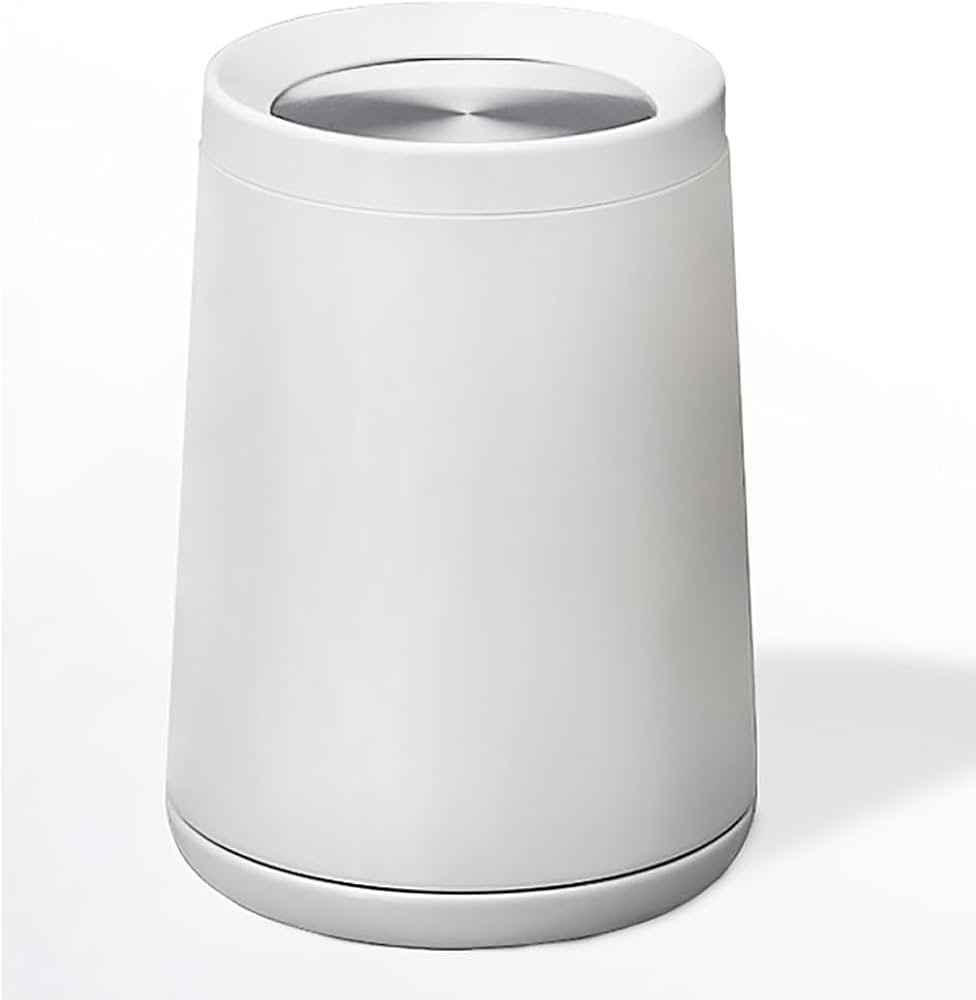Lice Treatment Reinvented – Hair Dye as a Powerful Weapon Against Infestations
In the ongoing battle against head lice, an unconventional but surprisingly effective weapon has emerged: hair dye. Traditionally, lice treatment has centered on specialized shampoos and meticulous combing to eliminate these persistent pests. However, recent studies and anecdotal evidence suggest that certain chemicals found in hair dye can effectively kill lice and their eggs, offering a new approach to combating infestations. The key to this unexpected remedy lies in the active ingredients commonly found in hair dye formulations. Ingredients such as ammonia and peroxide, which are known for their ability to alter hair color, also possess strong pesticidal properties. These chemicals work by disrupting the lice’s respiratory systems and desiccating their exoskeletons, effectively causing their demise. Additionally, the prolonged exposure required during the dyeing process ensures that both adult lice and their eggs, or nits, are targeted and eradicated. Moreover, the method offers several advantages over traditional treatments. Unlike some lice shampoos that lice have developed resistance to over time, hair dye presents a novel challenge to the pests, reducing the likelihood of treatment failure due to resistance.
Furthermore, the process of dyeing hair allows for thorough coverage and penetration of the scalp, reaching areas where lice and nits may be hidden. This comprehensive approach increases the treatment’s efficacy and reduces the chances of reinfestation. Another benefit of using hair dye is its simplicity and convenience. Rather than using multiple products or undergoing lengthy combing sessions, individuals can achieve both aesthetic and therapeutic results simultaneously. This dual-purpose application not only saves time but also offers a discreet solution to a potentially embarrassing problem. Despite its effectiveness, using hair dye as a lice treatment requires caution and consideration of certain factors. Firstly, not all hair dyes are equally effective against lice, and formulations vary widely in their chemical compositions. It is essential to choose a dye that contains sufficient concentrations of ammonia or peroxide to ensure efficacy against lice. Additionally, individuals with sensitive scalps or allergies should consult a dermatologist before proceeding with this treatment method to avoid adverse reactions.
Furthermore, the use of hair dye as a lice treatment is primarily recommended for adults and older children. Young children, especially those under the age of six, may have more sensitive skin and scalps, making them more susceptible to irritation from the chemicals present in hair dye. In such cases, alternative treatments or professional advice should be sought to ensure safety and effectiveness. In conclusion, while unconventional, the use of hair dye as a lice treatment represents a promising alternative to traditional methods can hair dye kill lice. Its ability to effectively eliminate lice and nits, coupled with its convenience and comprehensive coverage, makes it a viable option for those seeking a reliable solution to head lice infestations. However, careful consideration of individual circumstances and potential risks is crucial before embarking on this treatment approach. As research continues and formulations improve, hair dye may increasingly become a staple in the arsenal against these persistent pests, offering renewed hope for those grappling with lice infestations.

